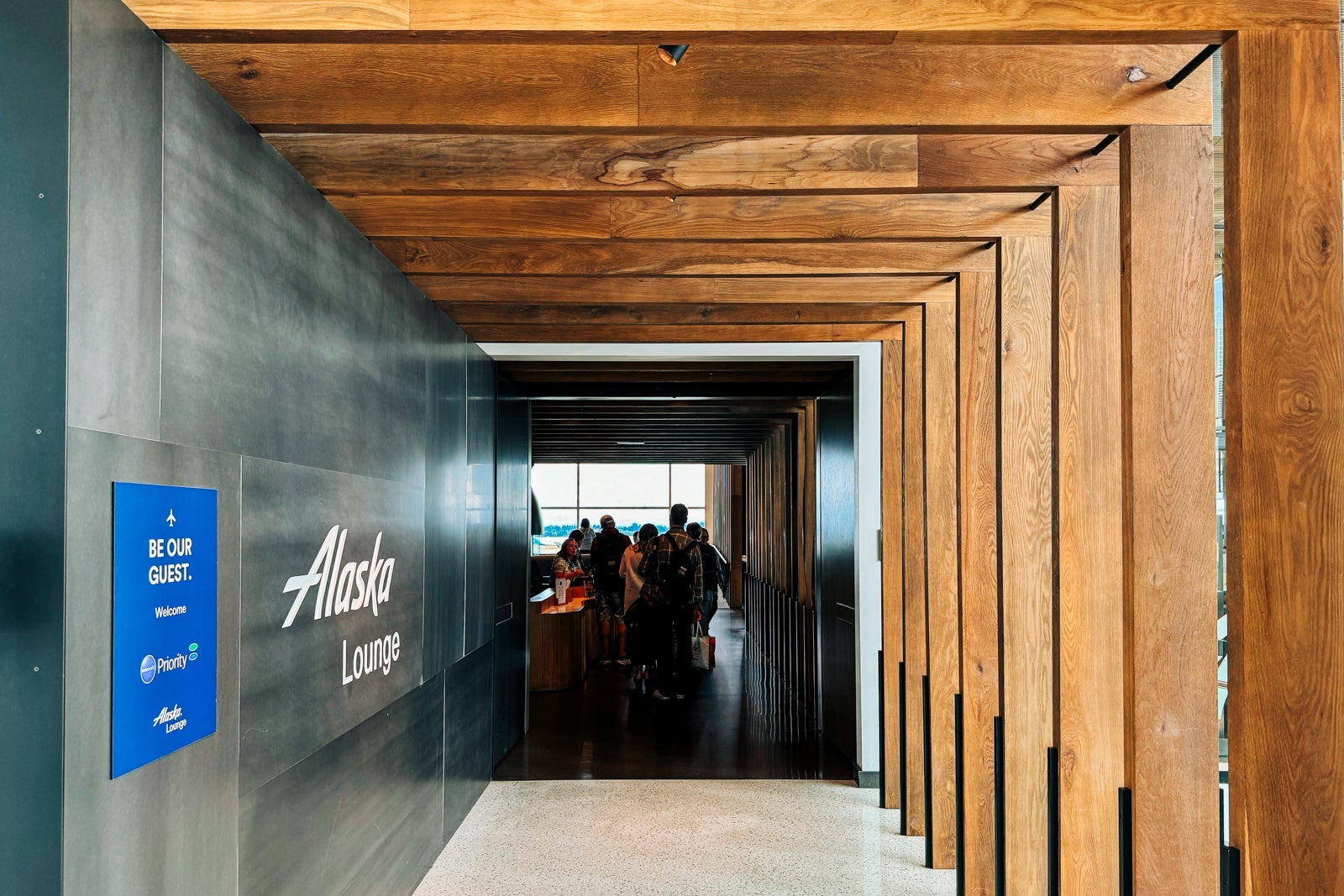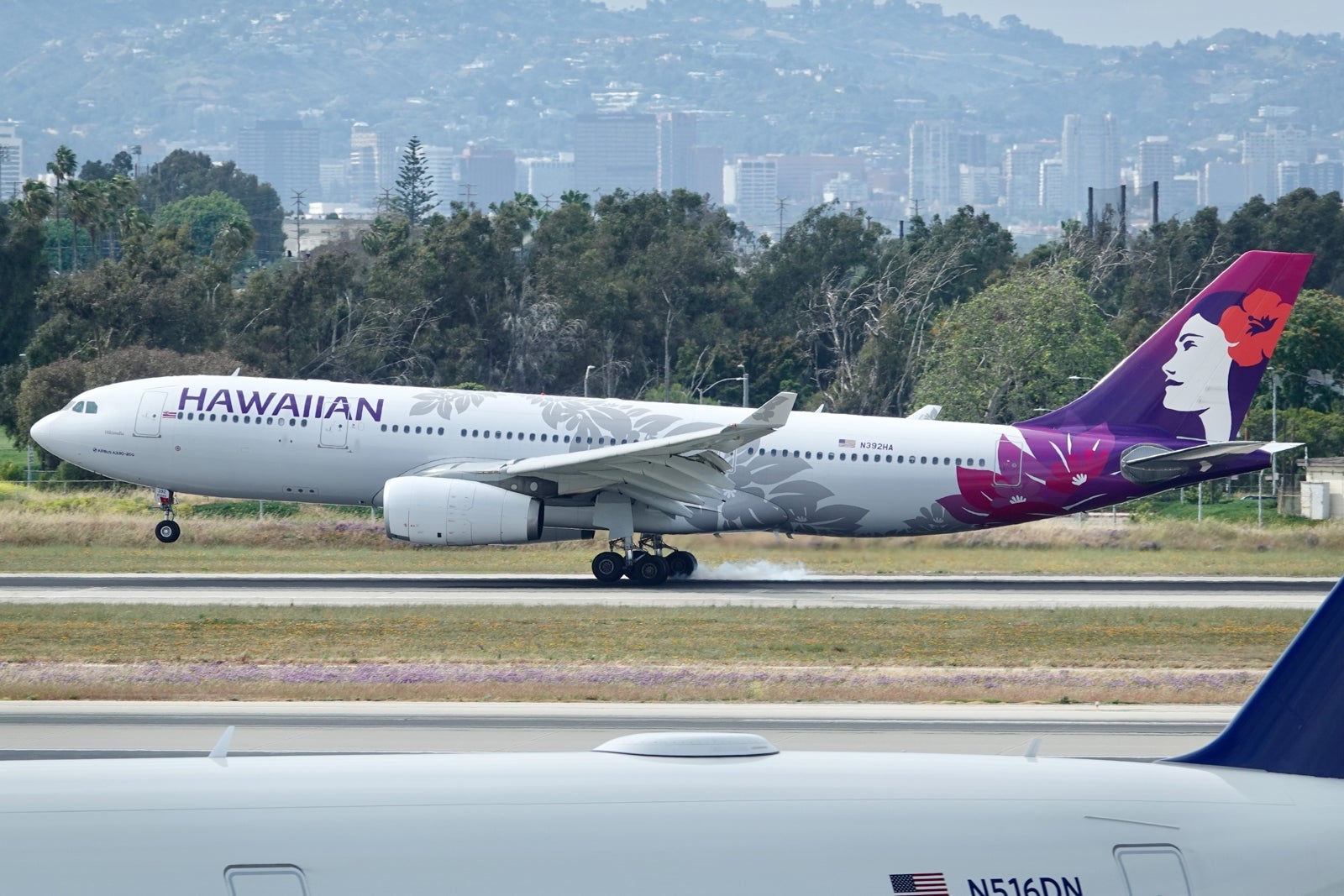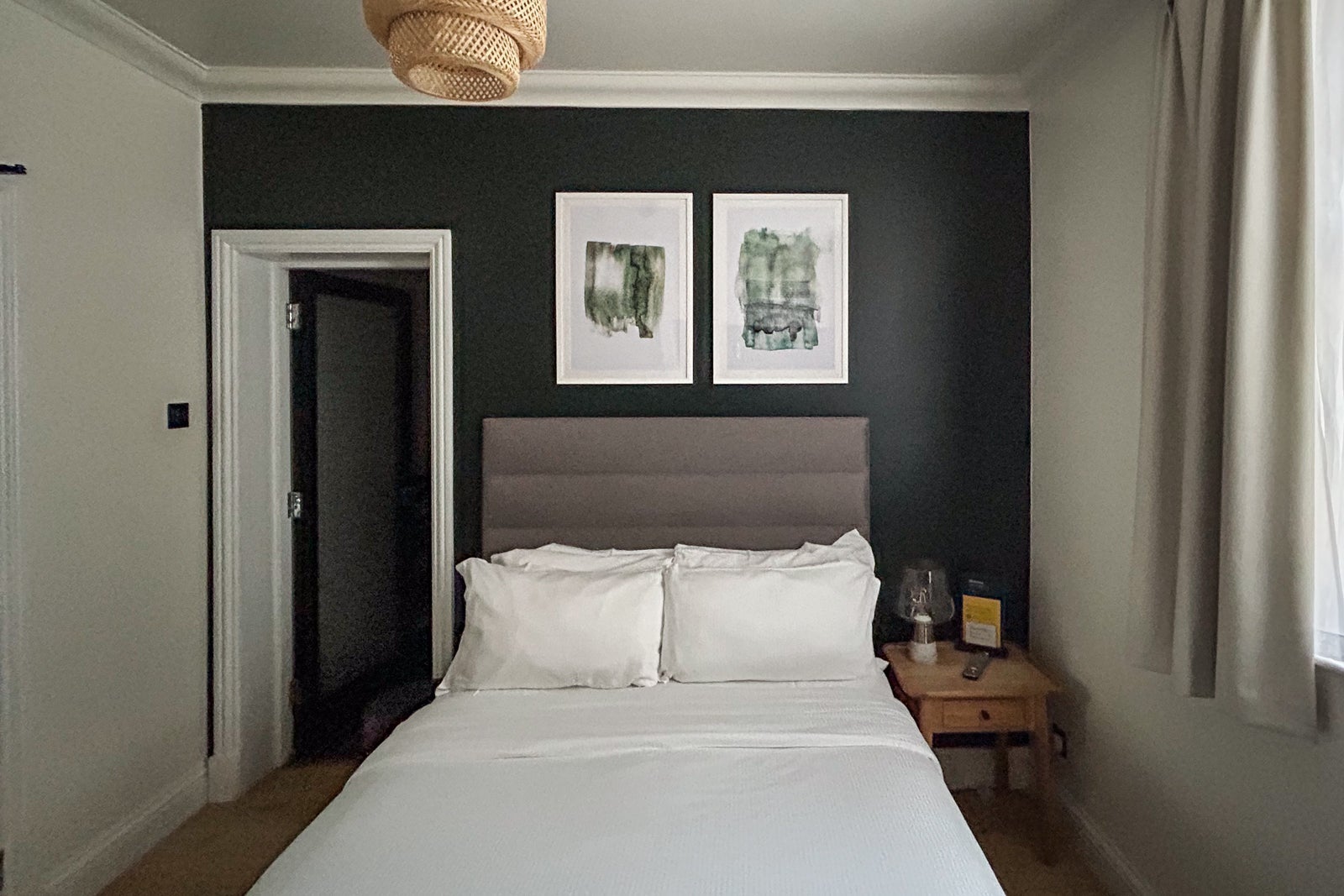Alaska Airlines is fiercely defending its position in the Pacific Northwest, sparking a renewed rivalry with Delta Air Lines. The recent announcement of Alaska’s first European route to Rome wasn’t met with silence; Delta swiftly responded with its own European expansion from Seattle, including a direct flight to Rome, echoing a competitive past.
Alaska Airlines executives anticipated Delta’s reaction, acknowledging the challenge but emphasizing their deep roots in the region. They believe that as Alaska expands its international reach, they will reclaim travelers currently choosing Delta, offering a compelling alternative for those seeking a hometown airline experience.
Delta isn’t backing down, however, investing heavily in its Seattle presence. A brand-new Delta One Lounge and Sky Club demonstrate a commitment to attracting premium travelers and solidifying its position as a major player at Seattle-Tacoma International Airport.

The integration of Hawaiian Airlines is creating another significant shift. Following last year’s merger, Hawaiian is poised for substantial changes, though it will continue to operate as a distinct brand for the foreseeable future.
A striking transformation is underway with Hawaiian’s fleet. New Boeing 787 Dreamliners arriving in 2026 will sport Alaska Airlines’ livery, signaling a broader integration of the two airlines’ global networks.
While the newest planes will wear Alaska colors, Hawaiian’s existing Airbus A330s will receive long-awaited cabin upgrades, enhancing the passenger experience on its long-haul routes. Even some Boeing 737s may eventually be painted in Hawaiian livery.

The long-term vision is clear: nearly all flights to and from Hawaii will be operated by Hawaiian-branded aircraft. This strategic move reinforces the airline’s identity within the islands and provides a consistent brand experience for travelers.
Beyond the aircraft changes, a shift in connecting routes is anticipated. Alaska and Hawaiian are focusing on leveraging Honolulu as a strategic hub for transpacific travel, offering a more direct path to destinations like Australia, New Zealand, and Asia.
For travelers heading to Sydney, Auckland, Tokyo, or Seoul, a connection through Honolulu may soon become the preferred option. The geographical advantage – a direct route from Seattle over the Hawaiian Islands – offers a compelling alternative to connections on the West Coast.

Currently, there are no immediate plans for new international routes for Hawaiian Airlines. The focus remains on seamlessly integrating the Alaska and Hawaiian networks, optimizing connections, and capitalizing on Honolulu’s strategic location.






